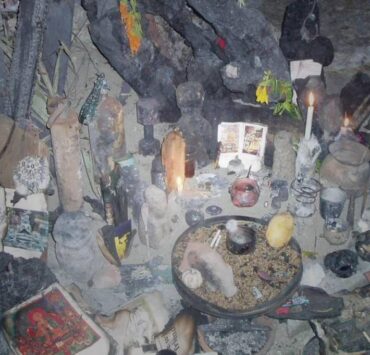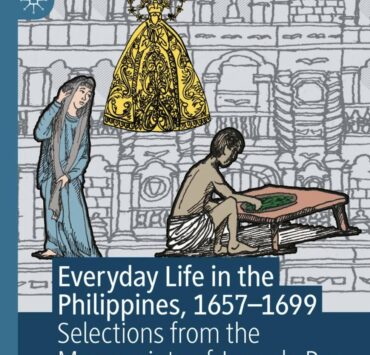The portraits of Betsy Westendorp
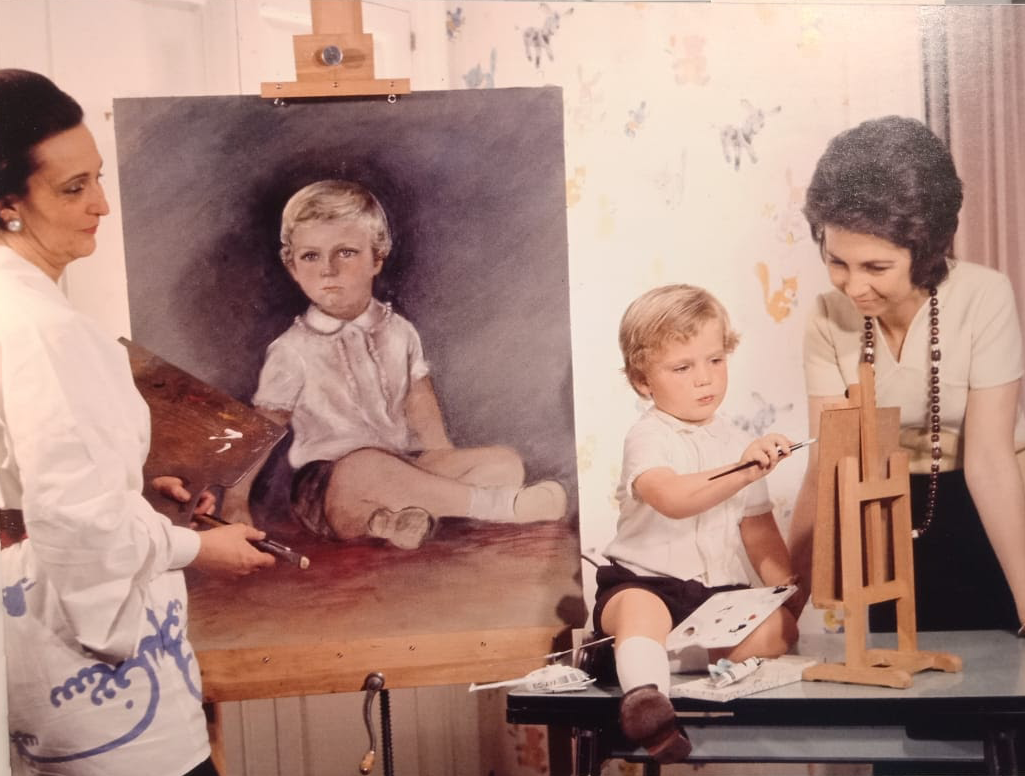
Before becoming a landscape and floral painter, Betsy Westendorp was a portraitist at 12. Even as a child, she was curious about the human face and portraiture. It dawned early on her, both from innocent observation and percipient instinct, what the critic Robert Hughes said of 17th-century French portraitist Antoine Watteau: “The face is a surface in change; it does not compose itself formally as an index of traits.”
Rather naturally, Betsy’s parents and siblings were her first “models.” While none of these juvenile works done on frail, perishable material has survived, one can imagine the charming gallery of portraits issued from her little hands.
Today, one looks at an extant drawing of her aging mother, asleep on a rocking chair, drawn by her now mature daughter. One senses the tender affection and longing Westendorp felt as she imagined her mother as a once young, robust, and elegant lady of the house, now soundly cradled by her dreams in the somnolence of an afternoon siesta. Through this informal portrait, the memory of Señora Westendorp, long ago departed, has transcended time.
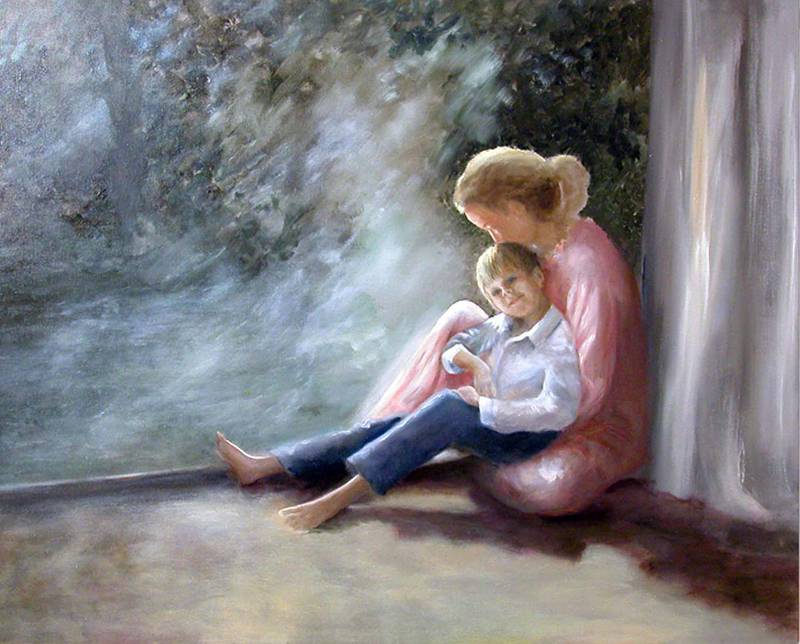
There is no more explicit function of portraiture—beyond the recreation of an individual’s physical likeness or psychic projection—than that it conquers time and becomes a veritable instrument of immortality.
The glory of portraiture in Philippine art seemed to have started, reached its apogee, and ended with a one-man band named Fernando Amorsolo. Amorsolo, the anointed portrait painter of Manila’s upper crust, painted the high-bred ladies of Philippine society and their affluent husbands, invariably magnates and heads of banking, shipping, and corporate institutions. Through the decades, their hushed corridors and paneled boardrooms transformed into a virtual Amorsolo gallery of past presidents.
Stepping into the shoes of the old master
Similarly, Betsy Westendorp stepped into the shoes of the old master, not surprisingly becoming a much sought-after portraitist herself. When she arrived for her own portrait, she did meet Amorsolo. Now hanging in the Westendorp residence in Madrid, the picture is a masterpiece of Amorsolo’s virtuosity, from the likeness of the amiable visage and the delicate creaminess of the subject’s silken skin to the gleaming sheen of the elegant strapless gown and long skirt shawl.
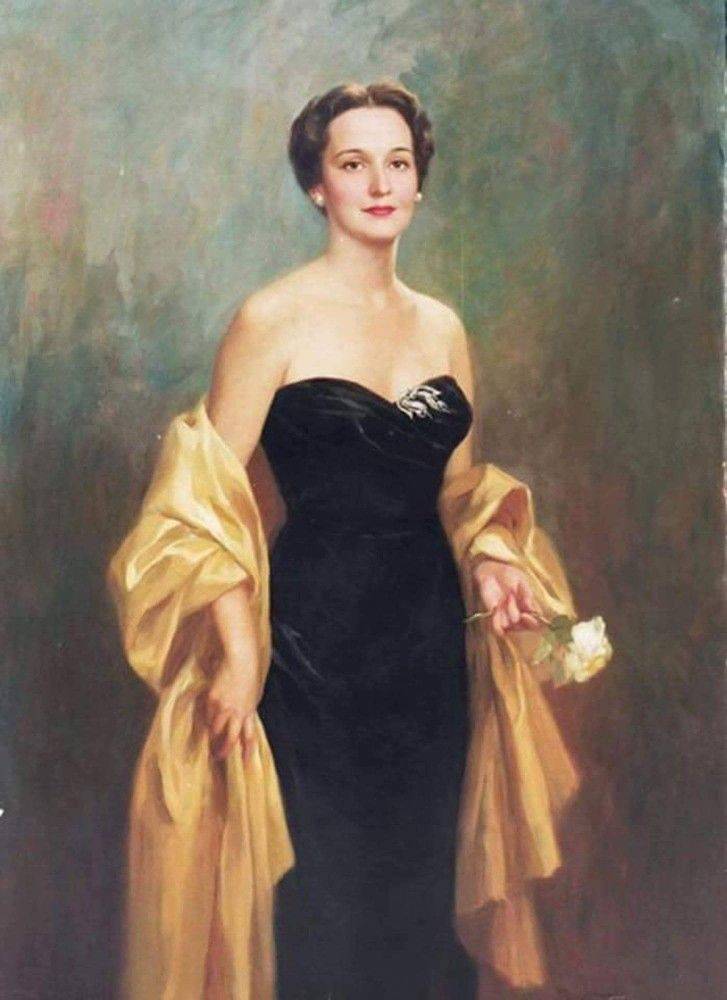
Westendorp’s childhood love of portrait painting came to the fore in 1965 when she met the Philippine Ambassador to Spain, Luis “Chito” Gonzalez, whose wife, Vicky Quirino Gonzalez, she had known for many years. Through diplomatic channels, the couple paved the way for Westendorp to meet the Spanish elite and nobility, who, in no time, commissioned her to do their portraits.
She received the ultimate honor when asked to paint the portraits of royal personalities. She still treasures the happy memory of the time when she was painting the present King Felipe VI of Spain when he was a mere toddler, and who, upon her arrival at the palace for the portrait session, always called out to her with boyish glee, “Betsy! Betsy!”
Aside from Spanish royalty, Westendorp’s portraits are those of the nobility: princesses, countesses, and duchesses; the so-called “Beautiful People” or the jet-set crowd; and, of course, Manila’s social movers.
The Marques de Lozoya, a Spanish art historian, expressed his admiration for Betsy’s portraits by comparing them to the luminous paintings of Goya. “With the refinement and poetry of her own soul, the artist has enriched her models. Every portrait is, in reality, a self-portrait.”
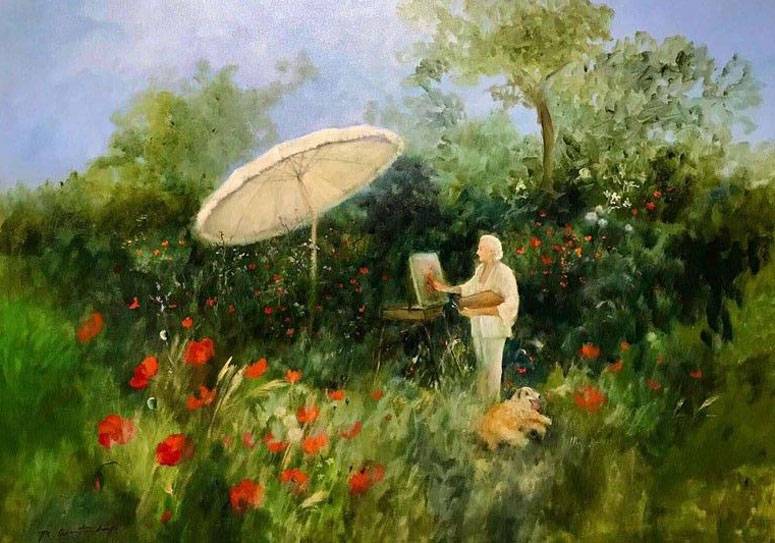
In an admiring article, Spanish journalist and critic Julian Cortez-Cavanillas wrote of her art and portraits: “We would imagine a sky-blue studio with angels painting with feathers rather than brushes. To this day, no artist working with color has ever achieved—the way Fra Angelico did—the celestial polychrome range that only the purest of spirits must have on their crystalline palettes.
“Betsy’s paintings have an angelic transparency of technique and style. She is definitely the interpreter of that winged and aristocratic grace, which brings to life the figures she so elegantly portrays in soft pastels.
“Just as there is an aristocracy of blood and soul, there is a true aristocracy of painting, and Betsy robes her subjects with patrician elegance.”
Poetic quality
The late Filipino art critic Leonidas V. Benesa was the first to exalt the poetic quality inherent in Westendorp’s style. In a review of a 1980 show at the Cultural Center of the Philippines titled “Poetry in Betsy de Brias’ Portraits,” he remarked on one portrait steeped in tears and tragedy:
“On first seeing the portrait, by the Dutch-Spanish-Filipino painter Betsy Westendorp de Brias, of Yolanda Fierro, a tear in an eye and her hair in a swirl of coral, shell, and seaweed, we could not help recalling the image of Ophelia drowning, crowned with flowers, poetically. Later, we discovered that the portrait’s subject had lost a son at sea, and the poet Julian Palacios, then affiliated with the Spanish Embassy in Manila, had penned a poem on the painting. Translated freely from the Spanish, it reads: “Listen, Mother, be lonely no longer/empty your mind of sad things/I lie in the movement of the water/ remembering you/Let the waves of the sea wash gently against your feet; let the spume bless your face; plunge not your hands into this element of wetness; you can no longer hold me nor have me by your side again.”
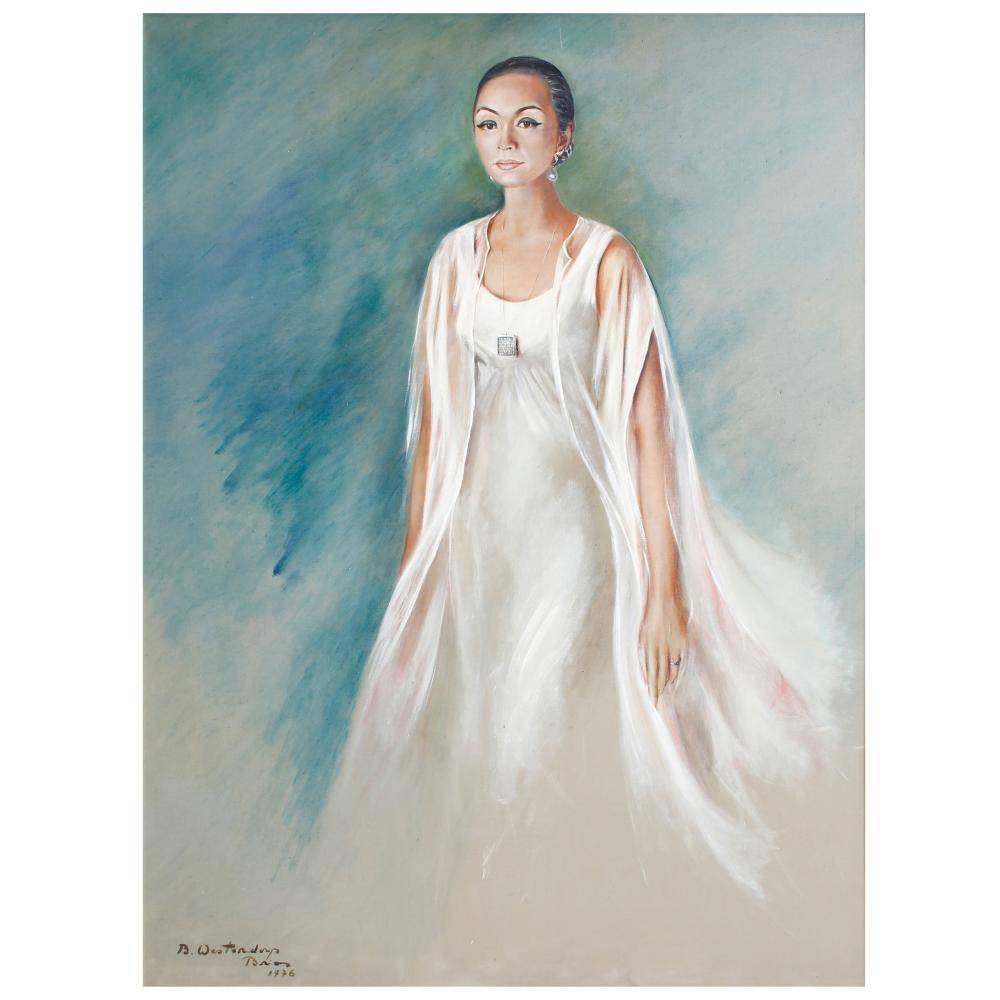
Benesa offers a caveat to the art of portraiture: “In a portrait, it is almost always inadvisable to probe too deeply into the character of the sitter, to invade her privacy, as it were, not to mention that the artist herself is of the gentle, genteel type of personality, a lady.” Thus, Westendorp’s portraits of people look formal, if graceful, impersonal, and incapable of profound hates and great loves, airy beings of another world.
Westendorp prefers a seemingly unfinished look in most of her portraits, stripped of extraneous decorative flourishes of interior settings. The effect is of an inward-turning grace and dignity, of the sitter deep in thought and unaware of an audience, marked by a stare into distant space. An obliging half smile serves as a politeness of social decorum, to prevent a somber or despondent look from clouding the sitter’s visage. For, as Charles Dickens, the British novelist, wryly observed, “There are only two styles of portrait painting: the serious and the smirk.”

Of course, the self-portrait is another convention of portraiture. Rembrandt famously painted over 50 self-portraits, variously done in painting, drawing, and etching. More impressively, he portrayed himself, role-playing at various stages of his life, until old age, when he ruthlessly presented himself as a doddering senile.
Extremely modest, if not self-effacing, Betsy Westendorp has rarely allowed herself the vanity of being her own subject. A rare self-portrait, however, in her trademark unfinished look, depicts the artist at a time of descending twilight, in the autumn of her life. Yet in this work, her patrician beauty persists, deserving of the praise Shakespeare had lavished on Cleopatra: “Age cannot wither her, nor custom stale her infinite variety.”
Ultimately, a portrait is more than just a celebration of someone’s beauty, wealth, power, pedigree, status in life, or an exhibition of the artist’s exceptional skill; it is a meditation on temporal time and the acceptance of one’s fleeting mortality.
Reprinted from ‘Betsy Westendorp’ by Cid Reyes, 2017, published by De La Salle University Publishing House.














